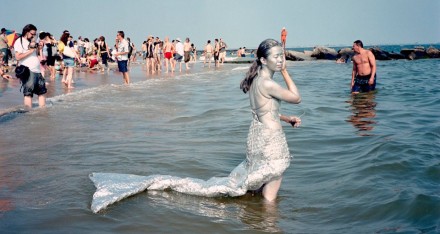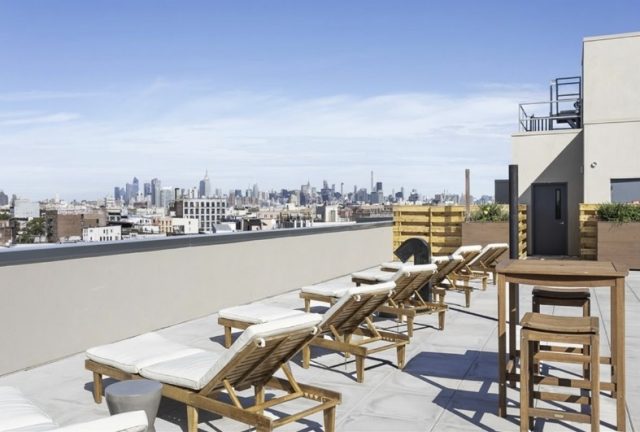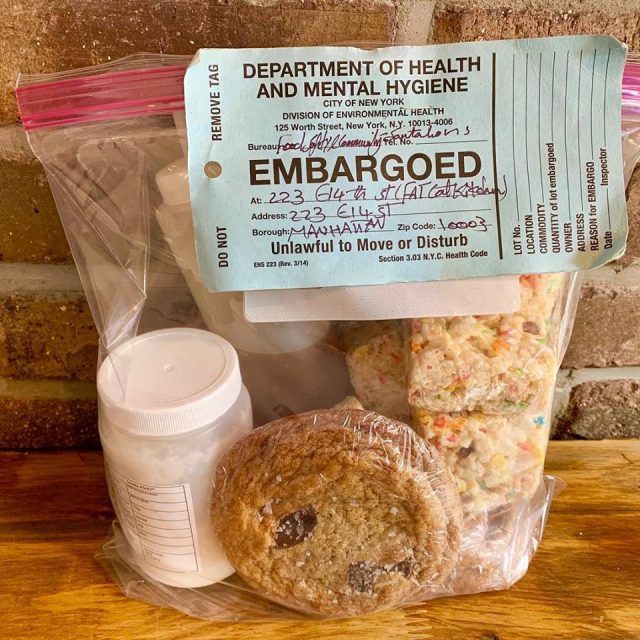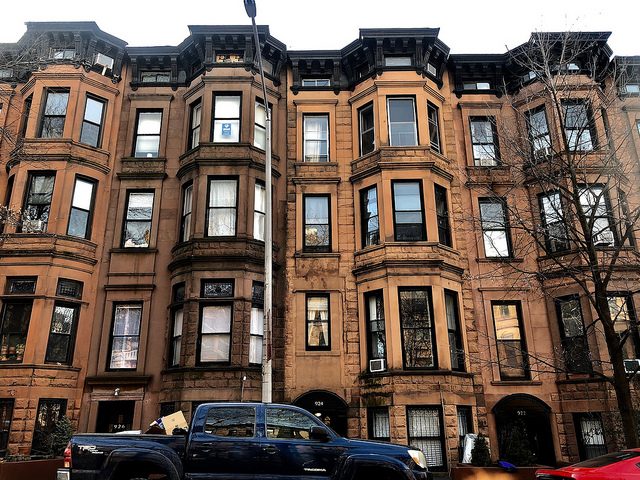
Admit it, you’re broke and don’t have the funds for your experiential light installation, audio masterpiece or (insert awesome art form here). You can lighten the burden by doing things like making your own canvasses and printing out giclees yourself, but getting a budget that doesn’t include the money from your three or four day jobs is helpful. Brushes, paint and equipment (or rehearsal space for the Mark Morris aspirants) costs moolah and grants can lighten that load. How do you go about getting one though? We spoke to a couple of experts about navigating the world of applying for grants.
You can get one at any time
“There’s kind of a spring and fall crunch time,” Ethany Uttech,Grants Director of the Brooklyn Arts Council, told us over e-mail. She said to get your research on and look for opportunities year-round though, because they’re out there. She recommends the New York Foundation for the Arts (NYFA) Source.
Other good sources of information are The Foundation Center, which has a physical space for which artists can research grant opportunities and the Lower Manhattan Cultural Council. While the LMCC only gives grants for Manhattan-based projects and artists they have a great resource page applicable to all artists.
Make sure you’re a good match
Unless they specify not to, “reaching out to funders is always a good idea,” said Uttech. She adds, “Do it appropriately. Do research, then contact them with a specific request. Ask them if their grant would be a good match.”
Don’t be intimidated by jargon
You’re going to possibly run into some terms you’ve either never seen, or have seen and aren’t too familiar with. The three most common are:
1. 501c3: a type of non profit organization in which charitable donations are tax deductible.
2. Fiscal sponsorship: when an organization directly supports artists by lending their 501c3 status to said artist.
3. In-kind donations: goods and services you’re not paying cash for such as space that was donated which can be an important piece of your application. Some applications ask you to separate it from the cash budget according to Euttech.
Be as specific as possible
“I think one misconception a lot of artists have is they think it’s to their benefit to describe their project as vaguely as possible,” Louise Barry, Development Director of NURTUREart wrote in an e-mail.
“They want the freedom to allow the project to change throughout the process. That’s understandable, but when someone reads a vague description they can get the idea that you don’t know what you want to do with the grant. So it’s best to give more detail when you can.”
Barry feels that a lot of artists struggle with a proposed budget since they’re accustomed to executing as cheaply as possible. “When you’re creating a budget for a grant, you want to think about what you’d do if you really had all the money you need, and create a budget based on that, since you will almost get less than what you ask for.”
Can’t someone else do it? No
If you’re wondering if you could just bypass all that research and budgeting and hire someone to do it, keep in mind that professional grant writers charge anywhere from $40 to $100 an hour depending on the complexity of the project which isn’t the most viable option for a brokester. Also, having someone write the grant for you for free and then giving them a cut of the money if awarded is unethical by fundraising practices.
Rejection isn’t the end
“Don’t treat the rejection letter as the end of the relationship, ask for further feedback,” said Uttech. She suggests artists offer organizations the option of keeping in touch through a mailing list as a means of keeping them up to date on your project.
Barry agrees that a rejection doesn’t indicate the panel didn’t like the work or the proposal, but that other factors could have contributed such as they didn’t have the available funding, or they’ve already supported similar projects.
“So a rejection doesn’t mean you will never have a chance, and you should definitely apply again,” Barry wrote.
Art, visual or performance is an integral part of what makes Brooklyn Brooklyn. Luckily there are organizations who know this. If you haven’t already, sign up for grant givers’ mailing lists to keep abreast of deadlines and opportunities. And lastly don’t create mediocre art and expect tons of organizations to fund you.
Leave a Reply



